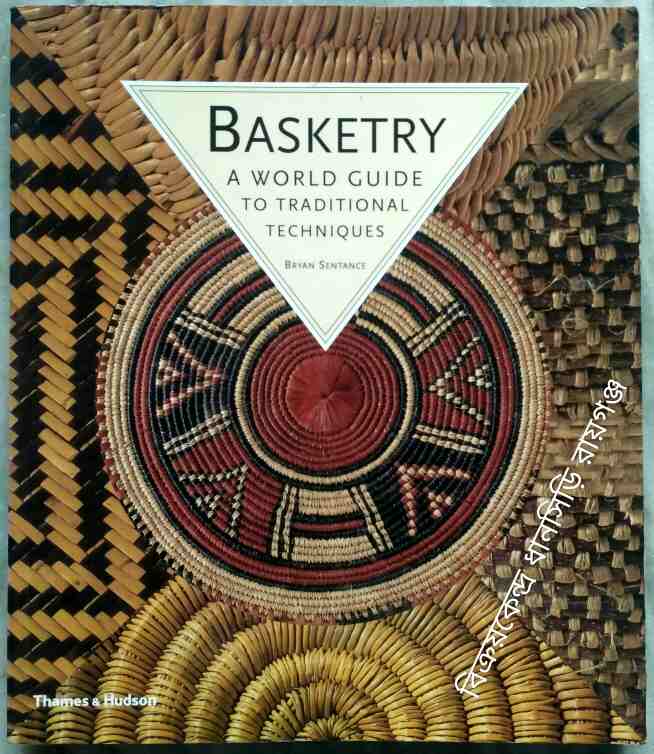Description
Very little ancient basketry remains. Humble, workaday objects such as baskets have always been thrown away when they are no longer serviceable. As basketry involves the use of perishable materials, they will normally disintegrate and only survive the passage of centuries under exceptional circumstances. The oldest known remains are fragments of coiled basketry used for the lining of grain stores at Fayum in Egypt. These were preserved because of the dry desert sand and subsequently dated by Sir William Flinders Petrie to the pre-Dynastic period (10,000–8,000 BC). Ancient twined
fragments were also discovered in Fishbone Cave, Utah, in the arid American West, dating back to as early as 9250 BC, around the end of the last Ice Age.At archaeological sites around the world there is evidence of the use of basketry since their first occupation. Coiled grain baskets were discovered in Turkey at Çatal Hüyük, the second oldest city in the world, which was founded in 6250 BC.
Among the earliest known communal habitations in England was the Lake Village at Glastonbury in Somerset. Here, preserved in the mud since the Early Iron Age, the remains of wattle panels used for the walls of the houses were found.
In the American Southwest, in Arizona, Utah and Nevada, the oldest sites were once occupied by a mysterious people known to the Navajo as the Anasazi (‘the old ones’).Because of the quality and quantity of baskets and fibre sandals discovered here,archaeologists dubbed the periods of occupation as Basketmaker I (AD 100-400 )and basketmaker II (AD 400-700).The pottery at this time was only rudimentary.
BASKETRY is in one sense the most humble of crafts, employed through the millennia to produce functional objects that feature in all aspects of the everyday life of ordinary people. Yet the care and ingenuity taken in the making of traditional baskets has endowed them with an intrinsic beauty which provides the modern artist and designer with a treasure house of inspiration. The variety is astonishing and basketry ranges from the pure, practical forms of plaited Cambodian rice steamers, through the symbolic motifs on mats from Sarawak, to the flamboyance of Californian featherwork gift baskets. Although the modern world offers much in the way of alternative choices, few homes are without some form of basket. They still provide us with a link to the natural world
and a more natural lifestyle.To imagine what kind of baskets our ancestors first made,we must look to surviving hunter-gatherer societies, whose lifestyle has changed very little for millennia,and also at baskets spontaneously assembled for immediate use. Hunter-gatherers travel light, uncluttered by possessions, and are expert at making what they need from the materials immediately to hand. In the forests of Finland and northern Russia, makeshift receptacles for collecting the sap of birch trees are constructed by folding a piece of birch bark and pinning it in place with a twig. The Aborigines of Australia’s Northern Territory make simple baskets using a very similar technique The leaflets of a palm frond, since they are attached at one end, are ideal for an impromptu, disposable, plaited basket or hat. In Samoa baskets such as the ‘ato are regularly constructed from a coconut frond plated around its intended burden. Upon arrival at home or at the market, the ‘ato is cut open along the rib to release the contents and the basket is thrown away. It has even been suggested by Jack Lenor Larson that the invention of basketry made it possible for our ancestors to eat communally rather than at the food source, possibly leading to the development of communication skills and language. The craft of weaving baskets intended for long-term use was most probably developed around 12,000 years ago, at the same time as the first agricultural methods and the establishment of settled communities, because it is in these places that the oldest surviving woven artefacts have been found.




Be the first to review “Basketry -A World Guide To Traditional Techniques(With 833 Illustrations, 697 In Colour) -Bryan Sentance”
You must be logged in to post a comment.